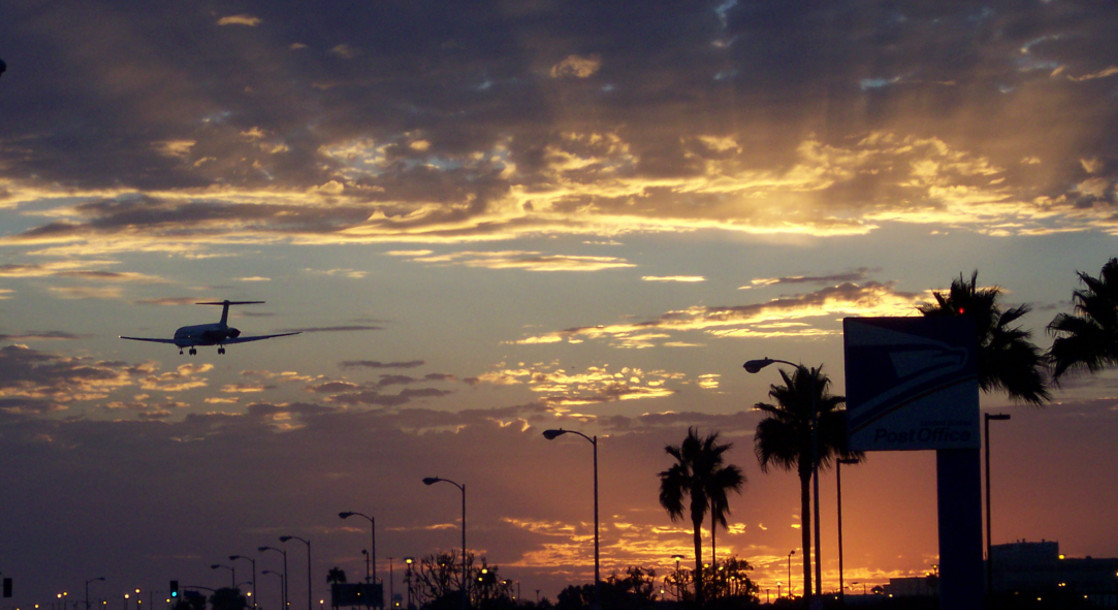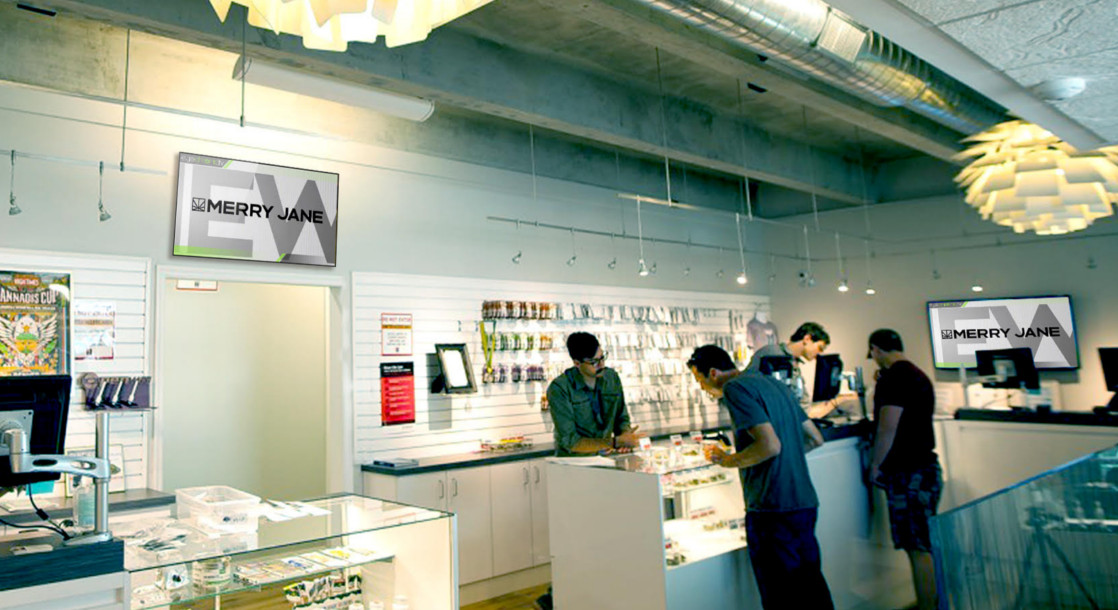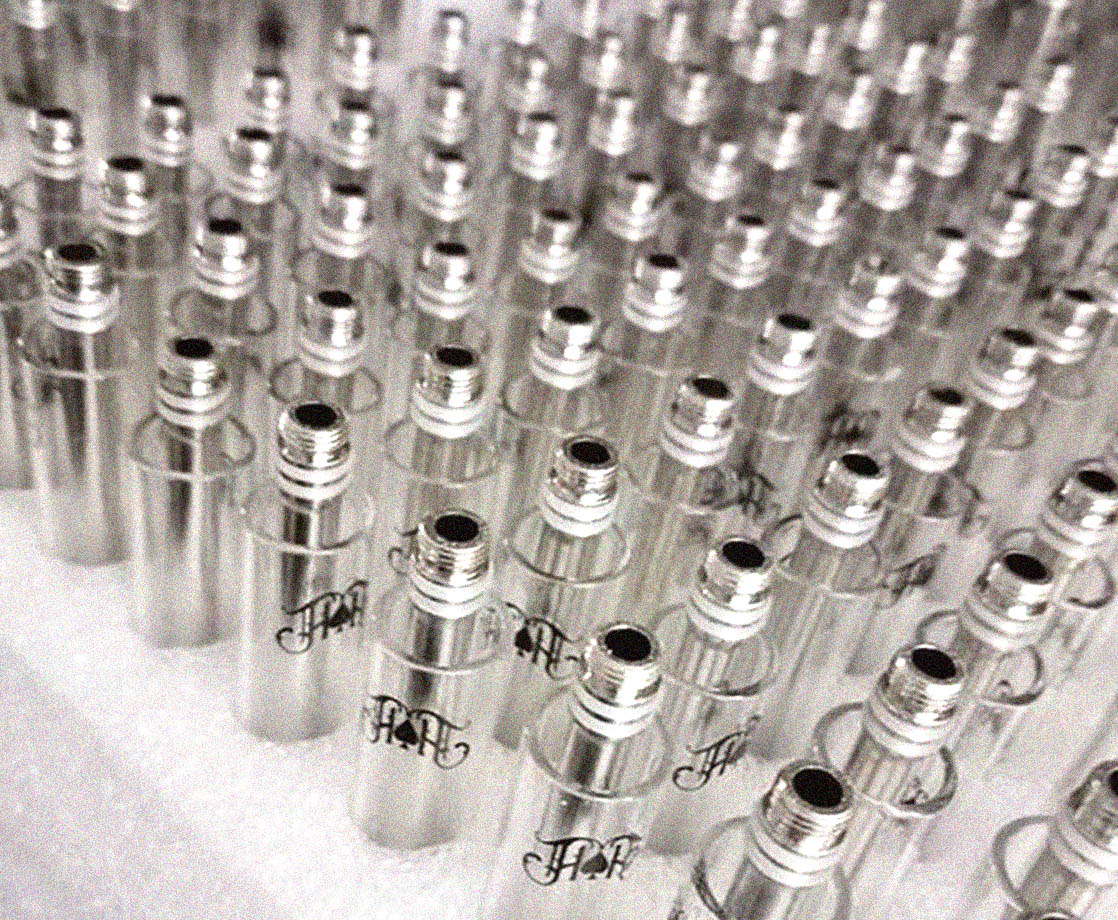Los Angeles has just released a new set of draft rules detailing restrictions on how and where retail cannabis shops will be allowed to operate once full recreational legalization takes effect next year. These rules would limit stores that sell recreational cannabis to commercial and industrial zones, and prohibits any such store from opening within 800 feet of another. Cannabis retailers would also be prohibited from opening within 800 feet of any schools, libraries, parks, or drug and alcohol rehab facilities.
The city also released a set of proposed regulations on application requirements and operating rules for canna-businesses. Those wishing to apply for a license would need to provide detailed information about their owners, as well as their investors and loans. Potential canna-businesses must also present a detailed plan for hiring local residents during their application process. Any business with more than 10 employees will be required to have a “labor peace agreement” which prevents employers from interfering with employee unions.
The draft operating rules would prohibit anyone from consuming alcohol or marijuana on the site of a canna-business. The rules also detail requirements for security and video surveillance, and mandate that businesses allow inspections and audits. These draft rules and regulations will be available for public review and comment for the next 60 days. “We will continue to have a robust dialogue about the regulatory framework and a healthy debate of Los Angeles’ growing cannabis industry,” City Council President Herb Wesson said in a statement.
Ruben Honig, executive director of the Los Angeles Cannabis Task Force, called the draft rules “a good step forward,” but also voiced his concern that “under the proposed regulations, many existing and new businesses in L.A. will face long delays before they can apply for a city permit and legally operate.” Matt Stang, chief revenue officer for High Times, believes that these new rules “allow for a fairly free and open market, which is what I think people want — to have a real economic engine here in Southern California.”











